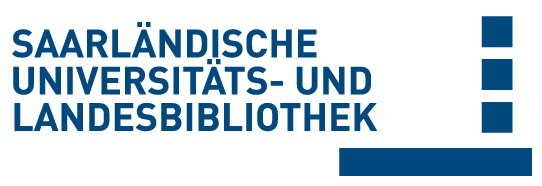Bitte benutzen Sie diese Referenz, um auf diese Ressource zu verweisen:
doi:10.22028/D291-45594 | Titel: | Liquid-like versus stress-driven dynamics in a metallic glass former observed by temperature scanning X-ray photon correlation spectroscopy |
| VerfasserIn: | Frey, Maximilian Neuber, Nico Riegler, Sascha Sebastian Cornet, Antoine Chushkin, Yuriy Zontone, Federico Ruschel, Lucas Matthias Adam, Bastian Nabahat, Mehran Yang, Fan Shen, Jie Westermeier, Fabian Sprung, Michael Cangialosi, Daniele Di Lisio, Valerio Gallino, Isabella Busch, Ralf Ruta, Beatrice Pineda, Eloi |
| Sprache: | Englisch |
| Titel: | Nature Communications |
| Bandnummer: | 16 |
| Heft: | 1 |
| Verlag/Plattform: | Springer Nature |
| Erscheinungsjahr: | 2025 |
| Freie Schlagwörter: | Glasses Metals and alloys Phase transitions and critical phenomena |
| DDC-Sachgruppe: | 500 Naturwissenschaften |
| Dokumenttyp: | Journalartikel / Zeitschriftenartikel |
| Abstract: | Since several decades, the dynamics and vitrification kinetics of supercooled liquids are the subject of active research in science and engineering. Profiting from modern detector technology and highly brilliant fourth-generation syn chrotron radiation, we apply temperature scanning X-ray photon correlation spectroscopy (XPCS) to probe the dynamics of a Pt-based metallic glass former in the glass, glass transition region, and supercooled liquid, covering up to six orders of magnitude in timescales. Our data demonstrates that the structural α-relaxation process is still observable in the glass, although it is partially masked by a faster source of decorrelation observed at atomic scale. We present an approach that interprets these findings as the superposition of heterogeneous liquid-like and stress-driven ballistic-like atomic motions. This work not only extends the dynamical range probed by standard isothermal XPCS but also adds a different view on the α-relaxation across the glass tran sition and provides insights into the anomalous, compressed temporal decay of the density-density correlation functions observed in metallic glasses and many out-of-equilibrium soft materials. |
| DOI der Erstveröffentlichung: | 10.1038/s41467-025-59767-2 |
| URL der Erstveröffentlichung: | https://doi.org/10.1038/s41467-025-59767-2 |
| Link zu diesem Datensatz: | urn:nbn:de:bsz:291--ds-455948 hdl:20.500.11880/40104 http://dx.doi.org/10.22028/D291-45594 |
| ISSN: | 2041-1723 |
| Datum des Eintrags: | 10-Jun-2025 |
| Bezeichnung des in Beziehung stehenden Objekts: | Supplementary information |
| In Beziehung stehendes Objekt: | https://static-content.springer.com/esm/art%3A10.1038%2Fs41467-025-59767-2/MediaObjects/41467_2025_59767_MOESM1_ESM.pdf https://static-content.springer.com/esm/art%3A10.1038%2Fs41467-025-59767-2/MediaObjects/41467_2025_59767_MOESM2_ESM.pdf https://static-content.springer.com/esm/art%3A10.1038%2Fs41467-025-59767-2/MediaObjects/41467_2025_59767_MOESM3_ESM.pdf |
| Fakultät: | NT - Naturwissenschaftlich- Technische Fakultät |
| Fachrichtung: | NT - Materialwissenschaft und Werkstofftechnik |
| Professur: | NT - Prof. Dr. Ralf Busch |
| Sammlung: | SciDok - Der Wissenschaftsserver der Universität des Saarlandes |
Dateien zu diesem Datensatz:
| Datei | Beschreibung | Größe | Format | |
|---|---|---|---|---|
| s41467-025-59767-2.pdf | 2,07 MB | Adobe PDF | Öffnen/Anzeigen |
Diese Ressource wurde unter folgender Copyright-Bestimmung veröffentlicht: Lizenz von Creative Commons


